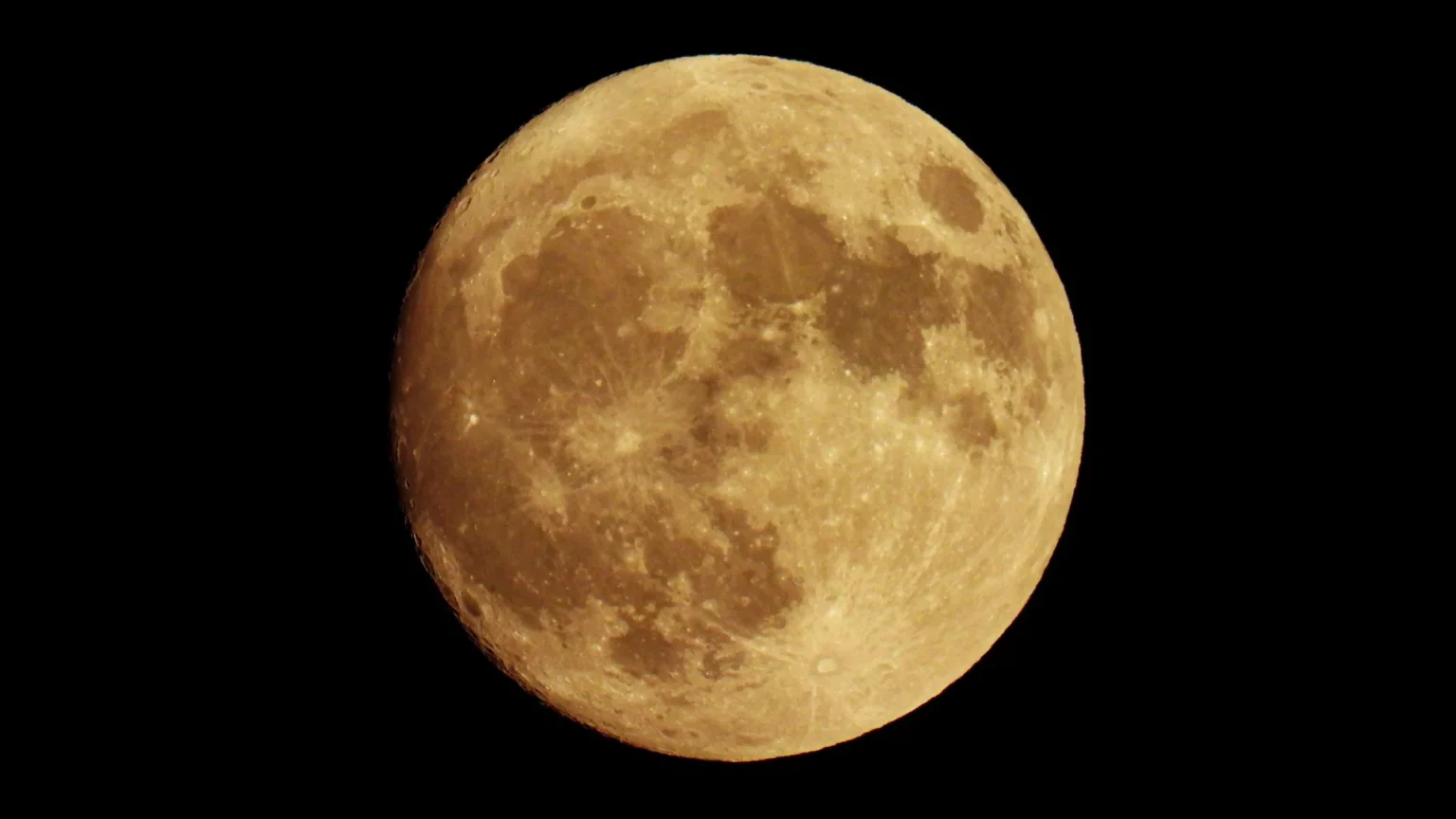As the northern hemisphere prepares for the harvest season, the night sky is set to dazzle with the last supermoon of the year on September 29. This celestial treat, known as the harvest supermoon, promises to be a breathtaking sight.
What exactly is a supermoon? It’s a unique full moon that can appear significantly larger and brighter than regular full moons, up to 14% bigger and 30% brighter. This optical illusion occurs when the moon reaches its closest point to Earth, a phenomenon called perigee, according to NASA.
What sets the harvest supermoon apart is its striking color palette. These moons often display stunning shades of deep yellow, orange, or crimson, particularly when they first rise above the horizon. To witness the full magnificence of a supermoon, the best time is during moonrise.
Interestingly, objects in the foreground, such as trees and rocks, can provide a sense of scale when the moon is low on the horizon during moonrise.
According to NASA, this time of year typically provides the largest-looking moon, making the harvest supermoon an awe-inspiring celestial event. To catch this year’s harvest supermoon at its finest, make sure to be outside right at moonrise, which is expected around 7:00 pm local time on September 29. You can find the exact moonrise time for your location on TimeandDate.
Furthermore, on September 26, at 11:07 pm, skywatchers can witness a waxing gibbous moon passing beneath Saturn in the constellation of Aquarius. Saturn, known for its distinctive yellowish hue, will be visible 3 degrees to the upper right of the moon.
For those who can’t get enough of celestial wonders, there’s more in store. Astropixels.com indicates that on October 1-2, around 11:41 pm, a waning gibbous harvest moon will share the sky with Jupiter, with the gas giant appearing 3 degrees below the moon. Don’t miss this fantastic celestial display coming your way!




